When it comes to transporting loads, selecting the right trailer is crucial for efficiency, cost-effectiveness, and safety. Among the myriad of options available, a 30 ft flatbed trailer with a single axle stands out as an ideal solution for various transportation needs. In this article, we delve deep into the specifications, advantages, considerations, and buying tips for a 30 ft flatbed trailer, ensuring you make an informed decision.
Understanding the Flatbed Trailer
What is a Flatbed Trailer?
A flatbed trailer is a versatile transport vehicle characterized by its flat, open deck, making it suitable for carrying large or heavy loads that do not necessarily fit inside a typical closed trailer. Its design allows for easy loading and unloading from any side.
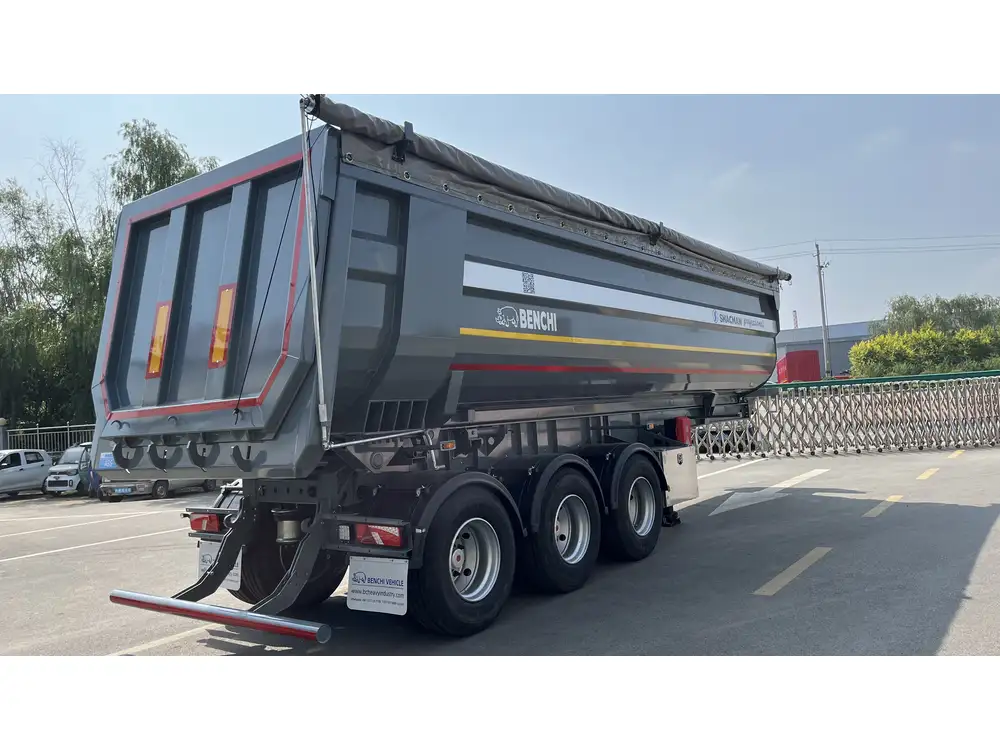
Key Features of Flatbed Trailers
| Feature | Description |
|---|---|
| Construction | Generally composed of steel or aluminum for durability. |
| Deck Type | Features both wood and steel decks for various load types. |
| Axle Configuration | Single or multiple axles, influencing load capacity. |
| Load Ratings | Varies from model to model; crucial for determining usability. |
| Safety Features | May include stake pockets, tie-down points, and side rails. |
Why Choose a 30 ft Flatbed Trailer?
Versatility in Transportation
The 30 ft flatbed trailer with a single axle is ideal for freight that requires efficient loading solutions. The open design allows for the transport of oversized cargo such as construction materials, machinery, and furniture, making it a go-to choice for contractors and haulers alike.
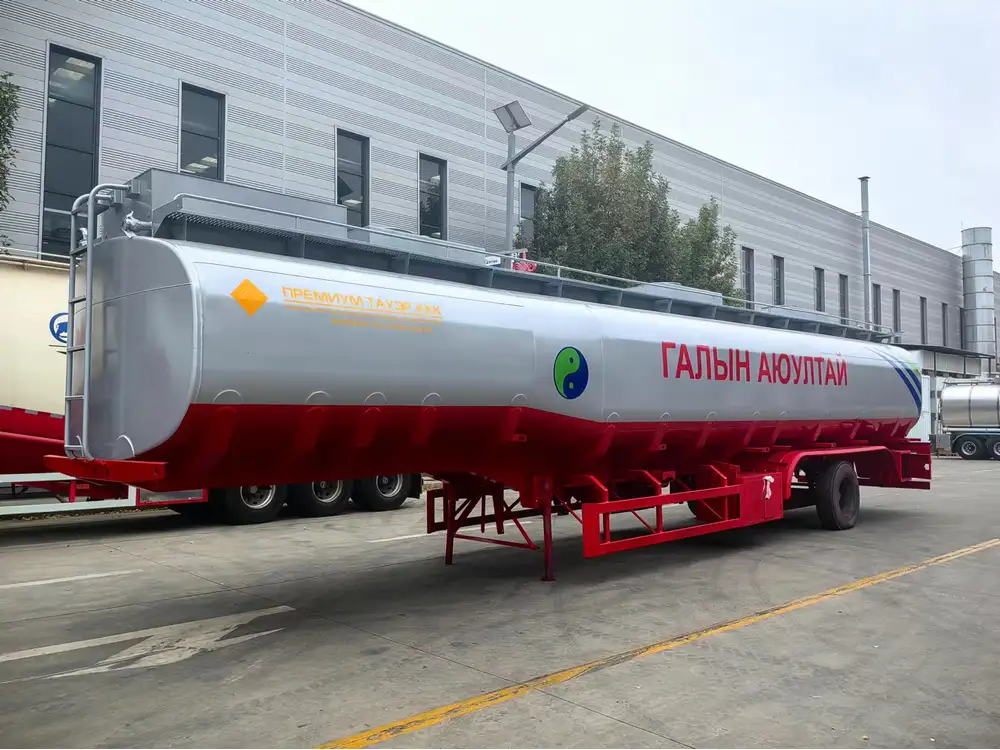
Cost-Effectiveness
With a single axle, you will enjoy lower maintenance costs. Single axle trailers are lighter than their dual axle counterparts, which enhances fuel efficiency, thus reducing operational costs over time.
Maneuverability
A 30 ft single axle trailer is easier to maneuver compared to longer or dual axle trailers. This maneuverability is essential in urban settings where tighter turns and more space restrictions are common.
Specifications and Considerations
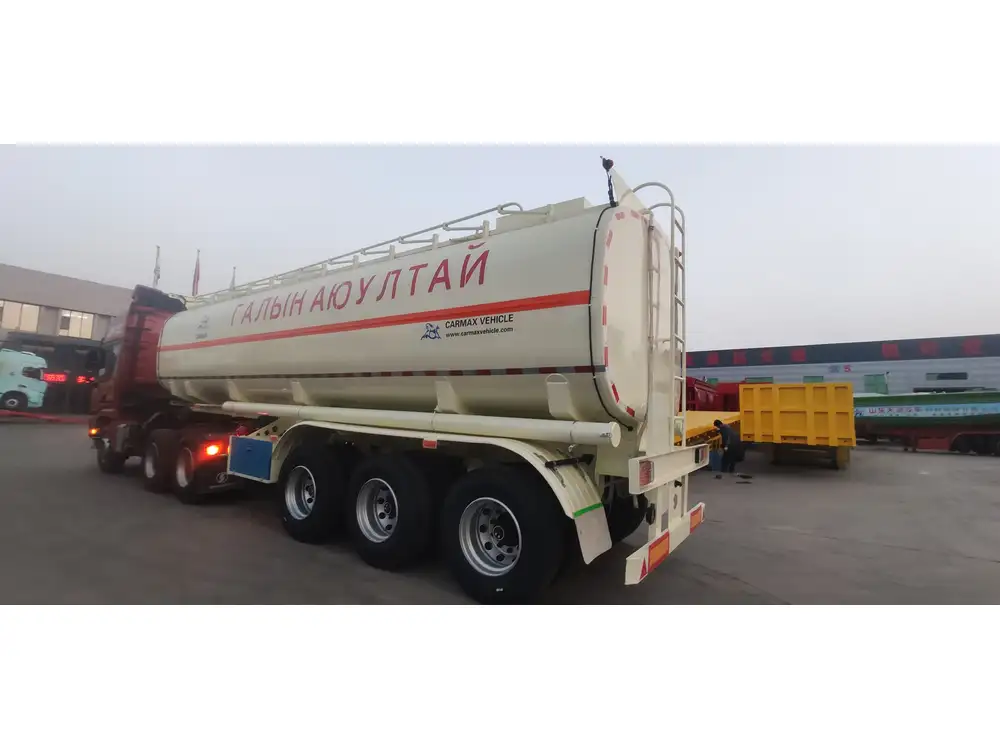
Load Capacity
When choosing a trailer, one of the critical factors is the load capacity. A 30 ft flatbed with a single axle typically has a gross vehicle weight rating (GVWR) ranging from 10,000 to 16,000 pounds. However, this can vary widely based on manufacturer specifications, so always consult the product sheet before a purchase.
Dimensions
| Dimension | Measurement |
|---|---|
| Length | 30 ft |
| Width | Usually ranges from 5 ft 6 in to 8 ft |
| Height | Standard height typically around 15 in to 30 in |
Tire and Axle Specifications

Tire Size
Choosing the right tire for a flatbed trailer affects performance and safety. The typical tire size for a 30 ft flatbed with a single axle typically ranges from ST205/75R15 to ST225/75R15.
Axle Specifications
A single axle trailer often features a 5,200 to 7,000 pound axle rating, which is sufficient for many types of loads.
Benefits of Using a Single Axle Flatbed Trailer
- Ease of Use: Reduced complexity in handling, making it a perfect option for novice operators.
- Fuel Efficiency: A lighter structure translates to less fuel consumption, a critical aspect for long-hauls.
- Lower Purchase and Operating Costs: A single axle trailer generally boasts a lower price tag than its multi-axle counterparts.
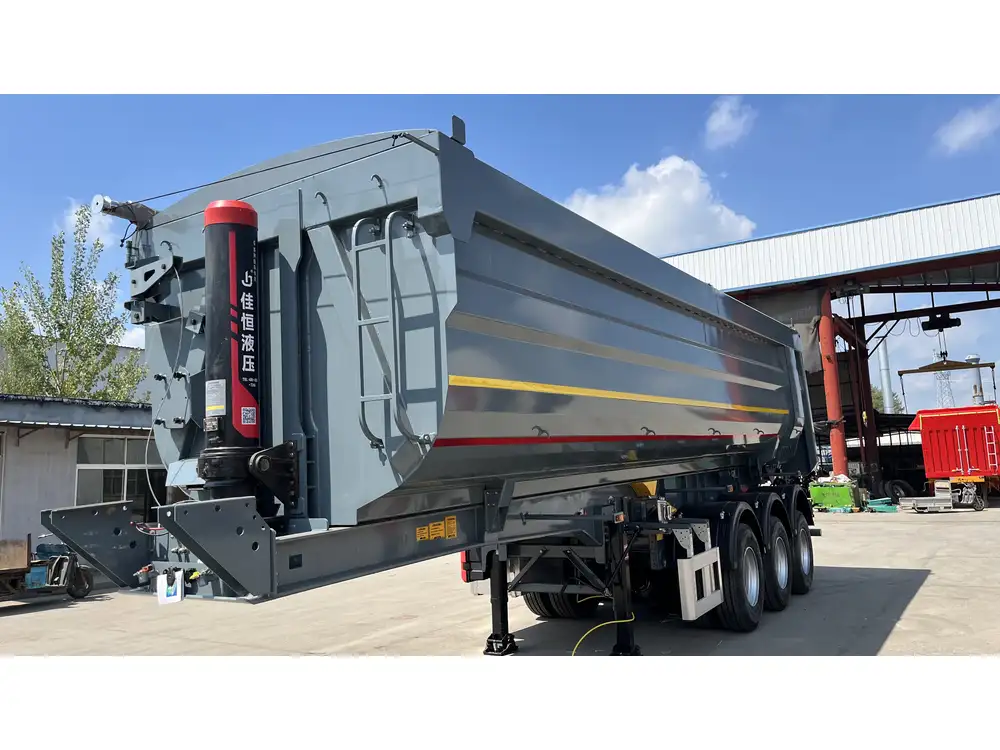
Final Buying Considerations
Purpose of Use
Assessing your main use case for the trailer is essential—are you transporting heavy machinery, building supplies, or vehicles? Understanding this will set boundaries on your specifications.
Trailer Materials
Different materials offer unique advantages. Steel is robust and ideal for heavy-duty tasks, while aluminum may be more expensive but offers improved corrosion resistance and reduced weight.

Important Features to Look For
- Weight Distribution: Ensure the trailer can evenly distribute and handle the weight of the expected loads.
- Tie-Downs and Safety Hookups: A reliable tie-down system is vital for securing loads.
- Braking System: Look for trailers equipped with either electric or hydraulic brakes for safety.
Let’s compare features of a single axle flatbed trailer and a dual axle trailer to illustrate their differences.
Flatbed Trailer Comparison
| Feature | Single Axle Trailer | Dual Axle Trailer |
|---|---|---|
| Maneuverability | More maneuverable | Less maneuverable |
| Cost | Lower initial and maintenance cost | Higher costs due to additional axle and weight |
| Weight Distribution | Less even weight distribution | More even weight distribution |
| Load Capacity | Generally lower load capacity | Higher load capacity |
| Stability | May experience swaying with heavy loads | More stability under heavy weights |
Maintenance Tips for Your Flatbed Trailer
Maintaining your trailer involves several key components to safeguard its longevity and functionality:
- Regular Inspections: Conduct visual checks on tires, brakes, and the structure for signs of wear or damage.
- Tire Maintenance: Monitor tire pressure and tread condition; make rotations as needed.
- Brake System Checks: Ensure that brakes function smoothly and are not worn down or damaged.
- Cleaning: Periodically wash your trailer to prevent rust and debris accumulation; this is particularly important for steel frames.
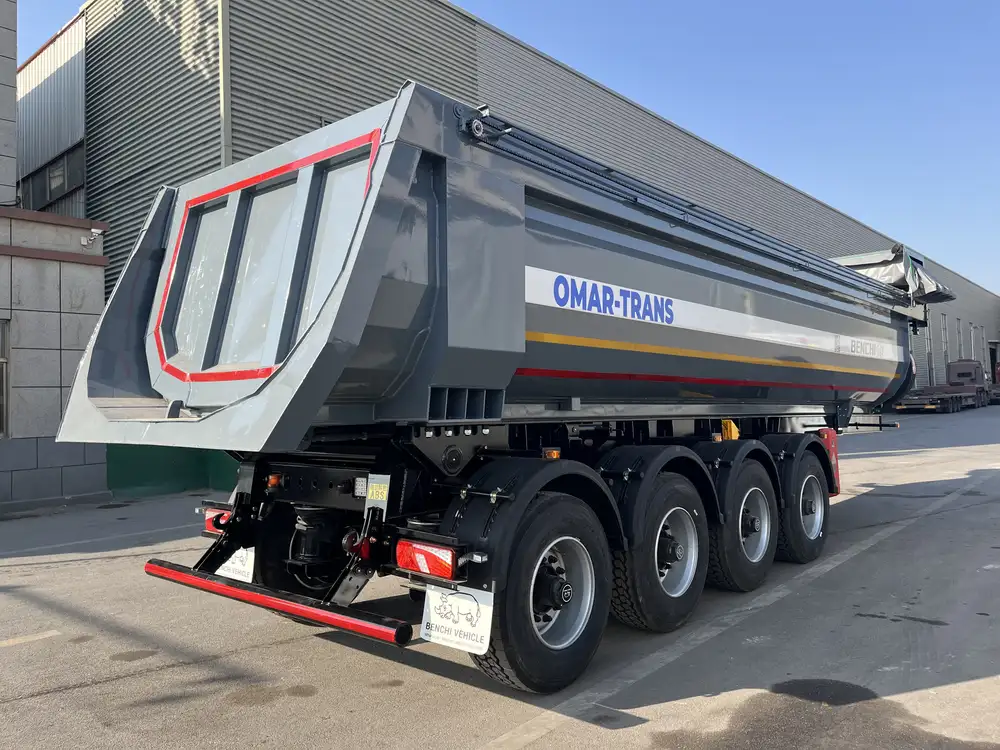
Where to Find 30 ft Flatbed Trailers for Sale
Local Dealerships
Visit local trailer dealerships to see the trailers in person. This allows you to inspect the build quality and ask questions directly.
Online Marketplaces
Platforms like eBay, Craigslist, and specialized trailer sales websites frequently list new and used trailers and may offer detailed descriptions and photographs.

Auction Sites
Look at auction sites for unexpected deals on trailers. These can sometimes yield high-quality options at lower prices.
Conclusion
Investing in a 30 ft flatbed trailer with a single axle is a significant decision that hinges on tailored specifications, your intended use, and financial considerations. Understanding the types, features, and maintenance needs of these trailers can enhance your efficiency and productivity, ensuring you make an informed choice that meets your specific requirements. Whether for commercial purposes or personal projects, having the right trailer in your fleet can substantially improve logistics, streamline operations, and ultimately lead to a higher return on investment.
Explore the market meticulously, evaluate your needs, and seize the opportunity to procure the trailer that perfectly matches your transportation demands. Welcome a new era of efficiency in your business with a reliable flatbed trailer that stands the test of time.



